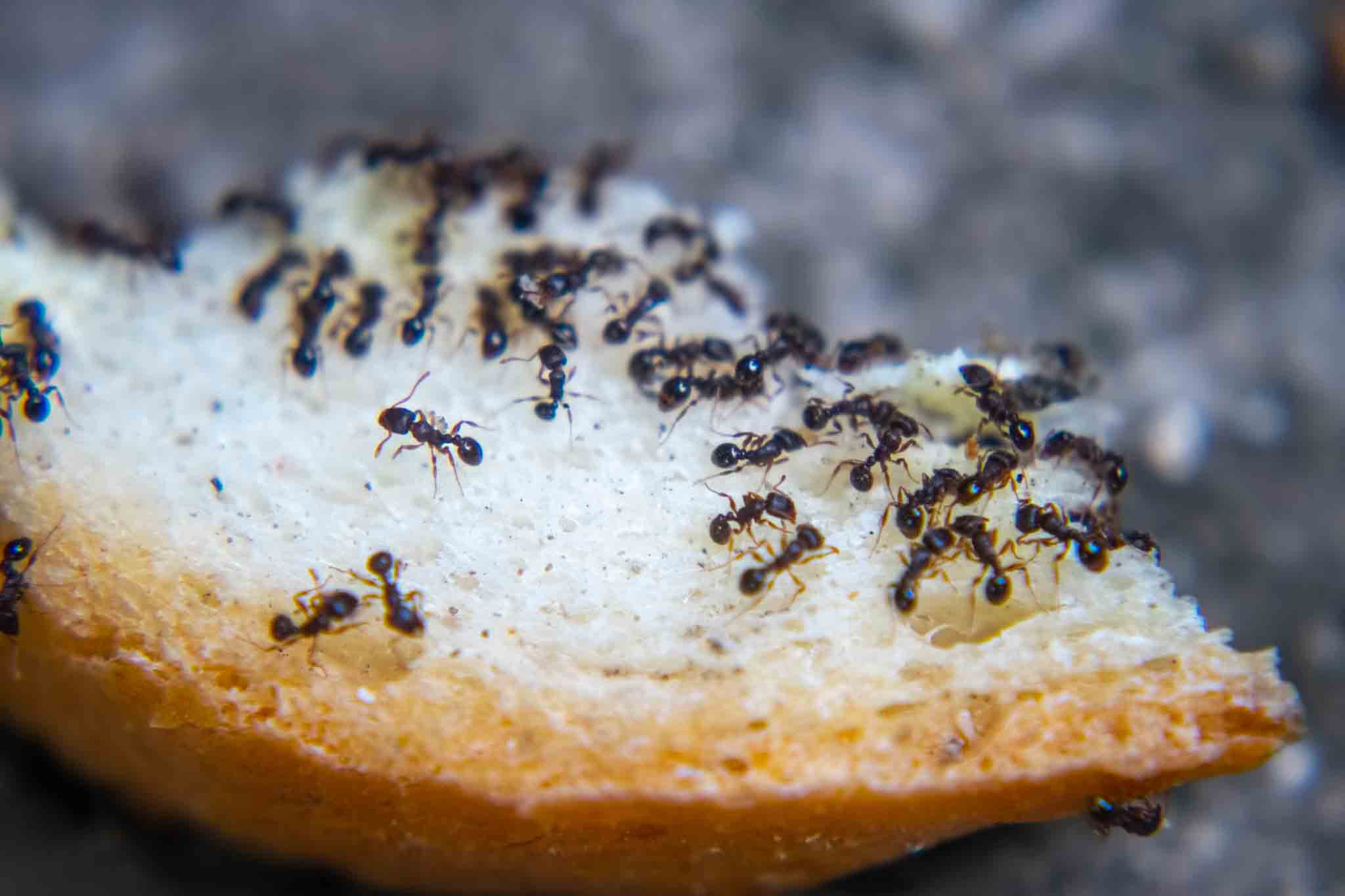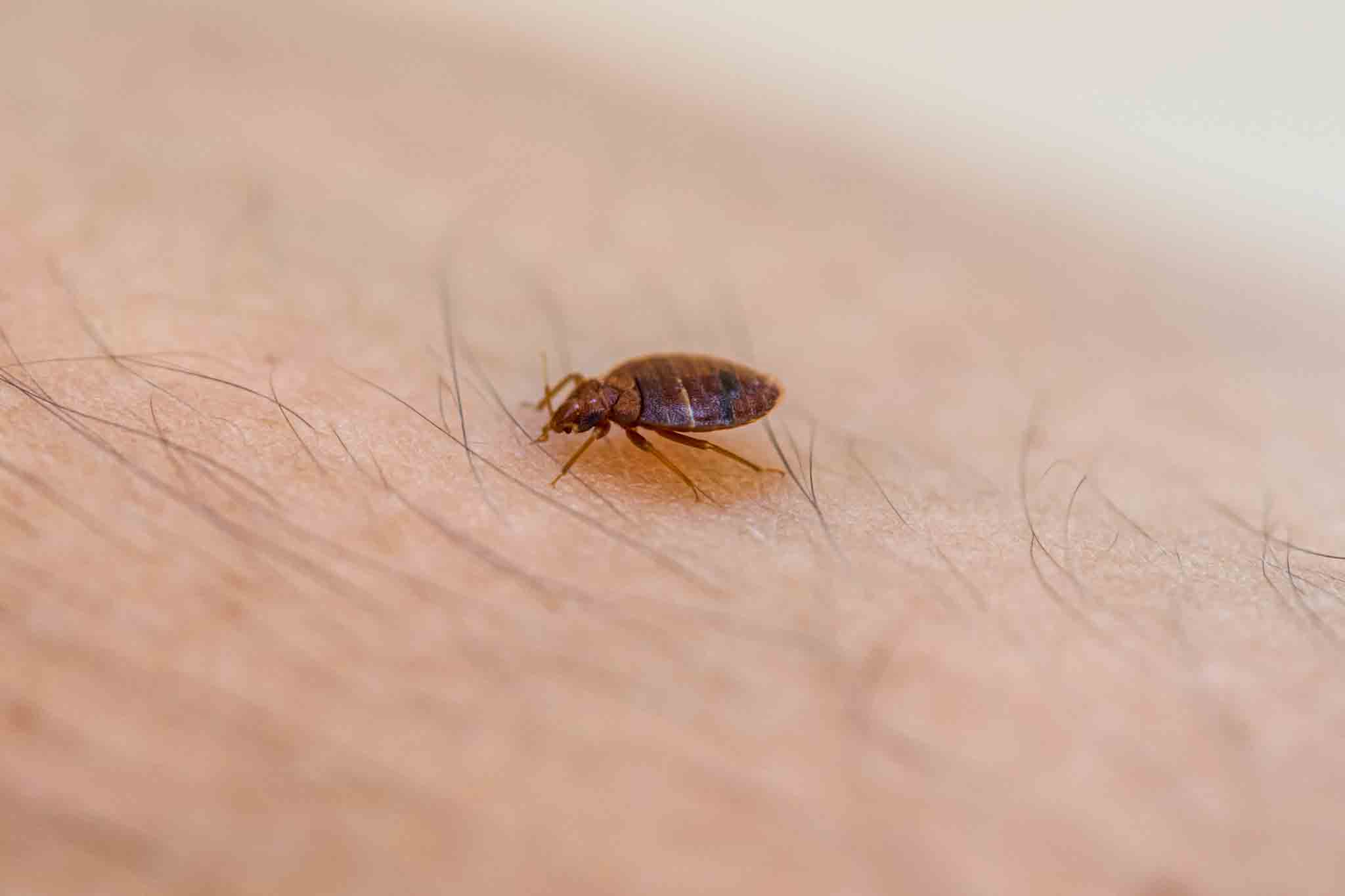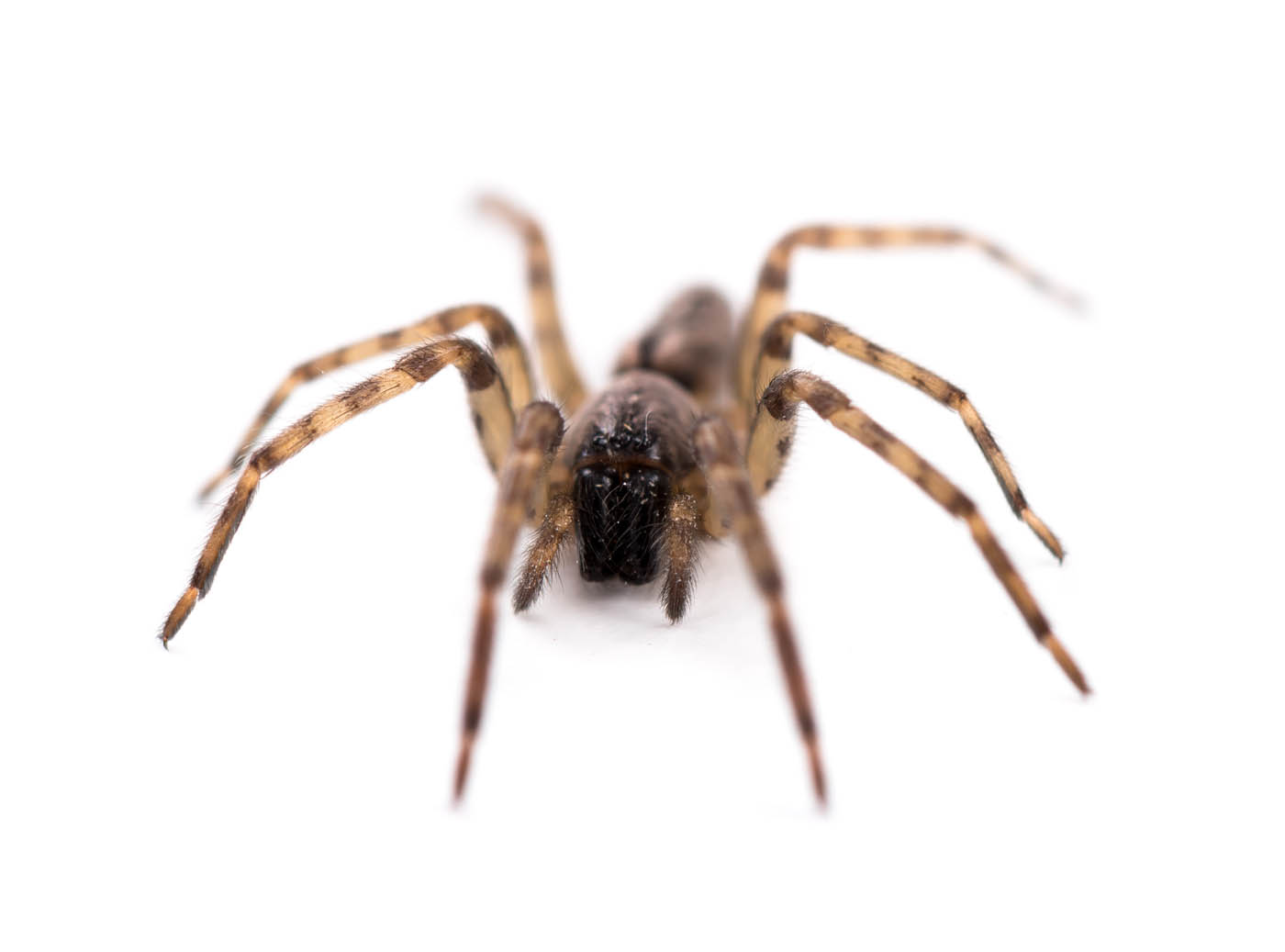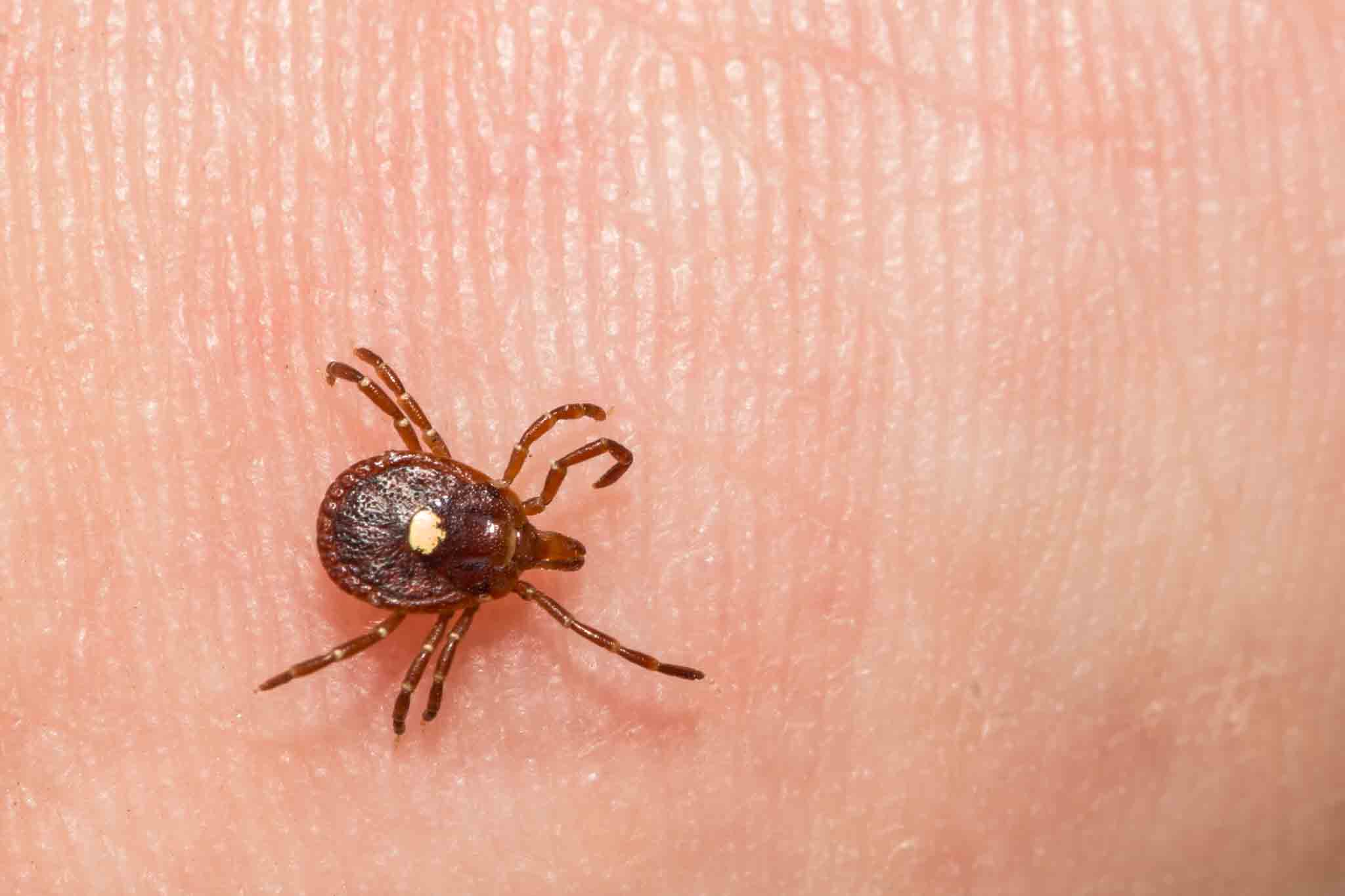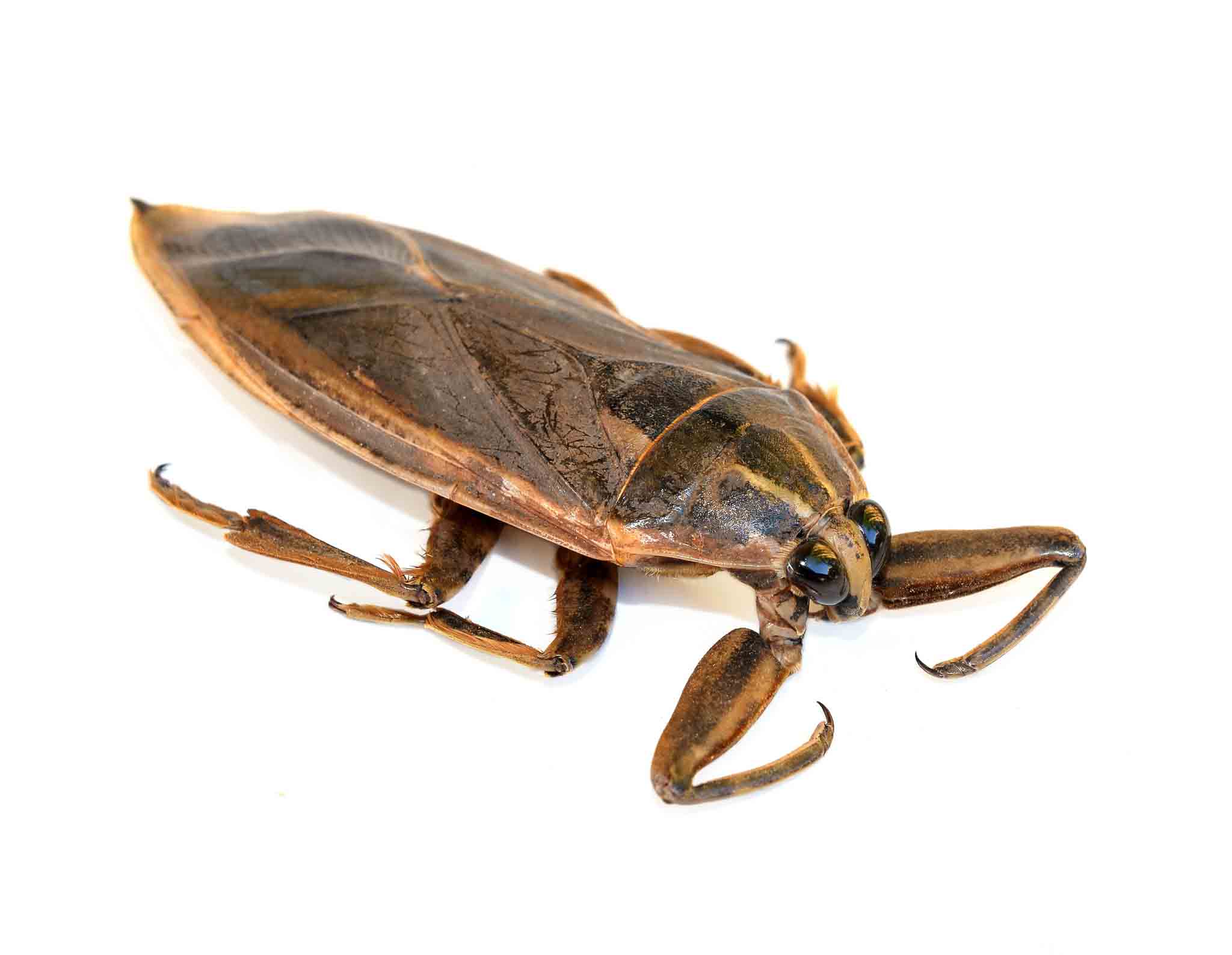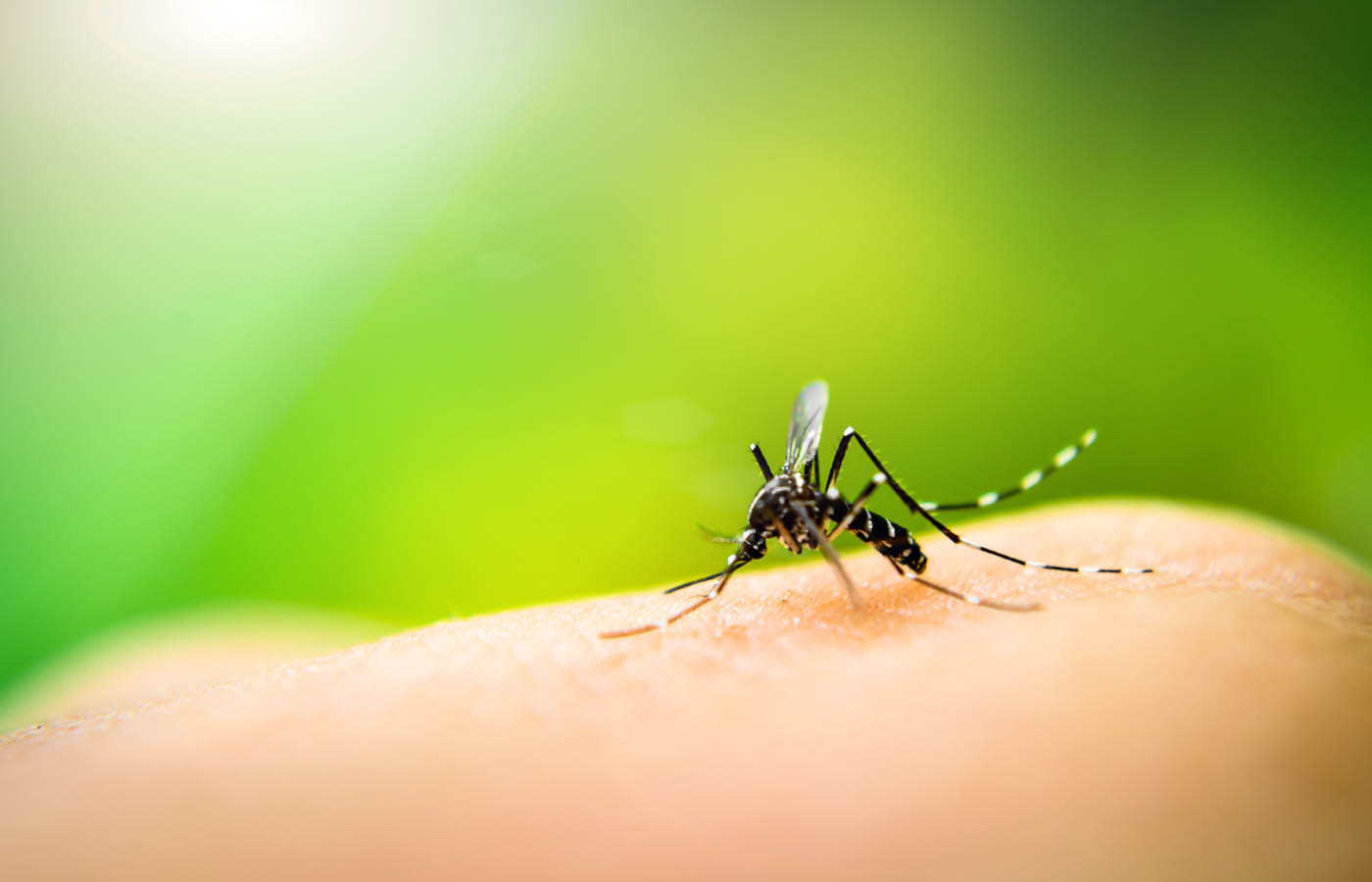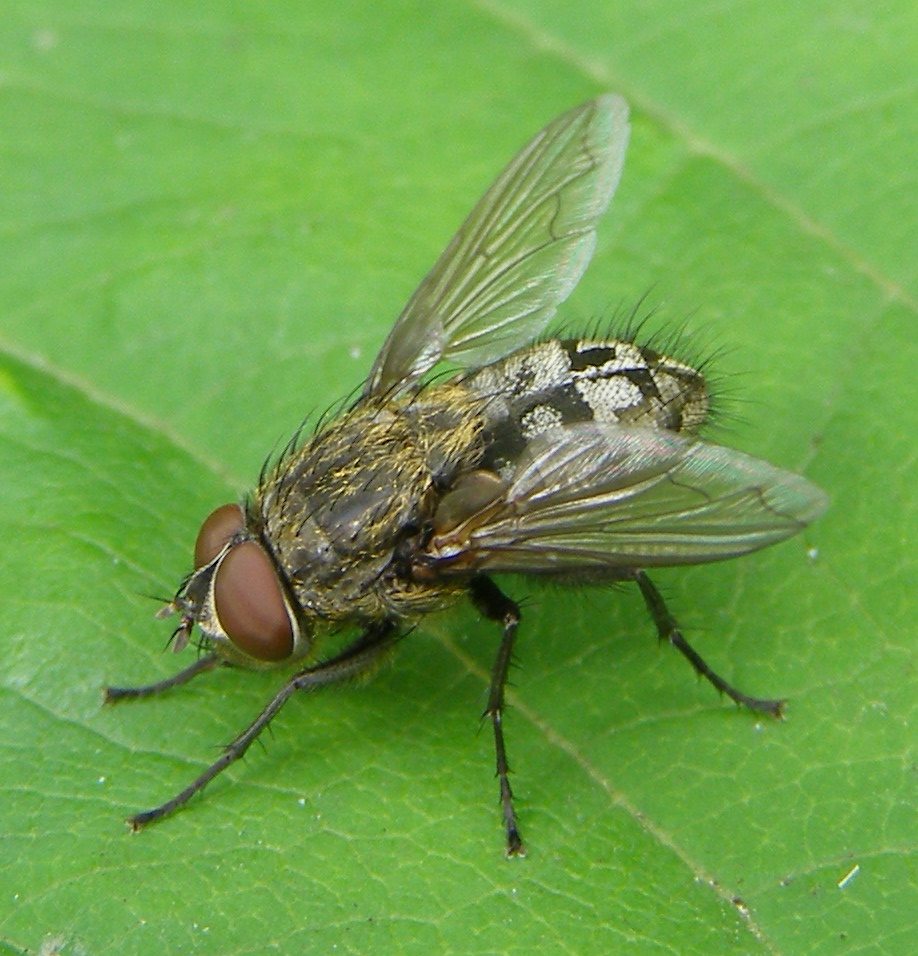
Cluster Flies vs House Flies: What's the Difference? Jan. 2nd, 2018
Cluster Flies vs House Flies Some of the most common pests in New York are cluster flies. Some people confuse them with house flies, but the fact is they can be distinguished easily.
Read Post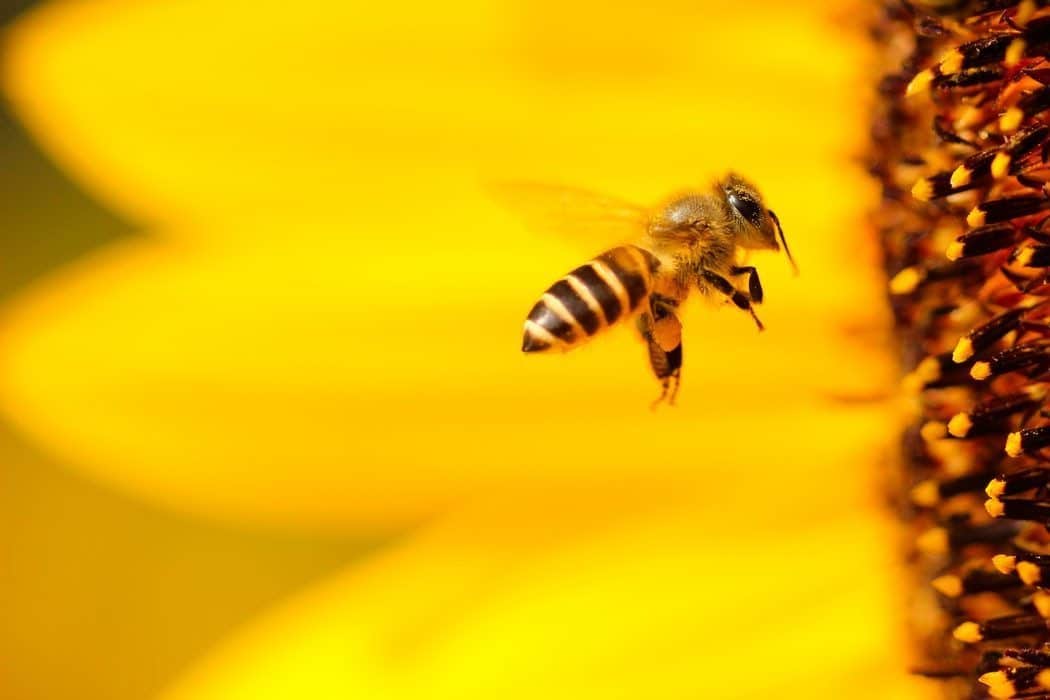
Interesting Facts About Bees You Probably Didn't Know Dec. 1st, 2017
Bee Facts: 6 Interesting Facts About Bees You Probably Didn't Know Bees make an annoying buzzing sound and threaten us with dreaded stings. But as pollinators, they serve an extremely important function that has nothing to do with honey. Here are six facts about bees you should know.
Read Post